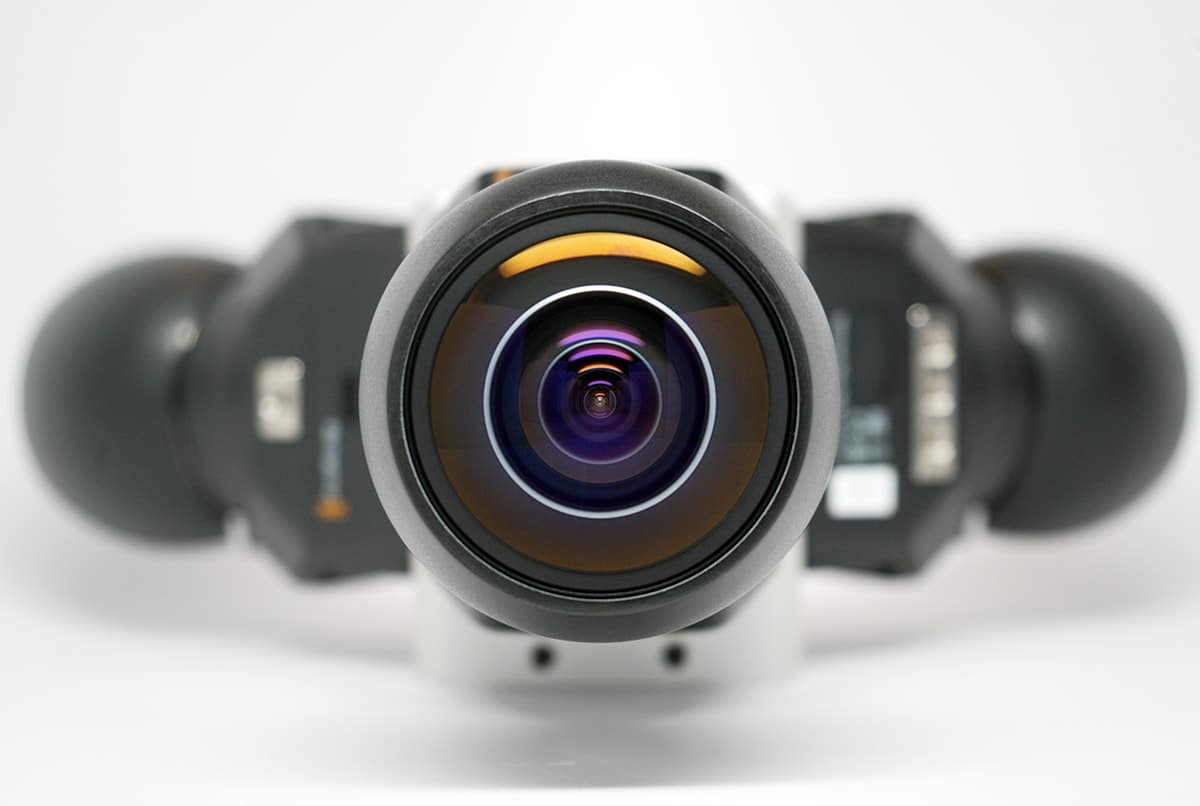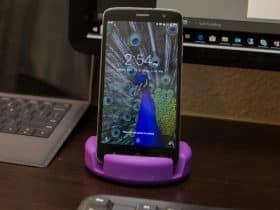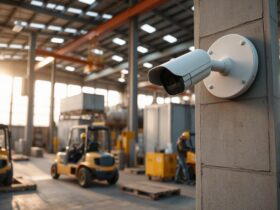Are you thinking about buying a 360 camera so that you can create immersive VR videos of your own? Before you take the plunge you should keep in mind that 360 cameras are very different from conventional video cameras – and you need to know what to look for.
To that end, there are a few factors that you should pay close attention to when deciding which 360 camera to buy:
Resolution

The overall resolution of the 360 camera needs to be high. Although a resolution of 2K is ‘acceptable’, if you want your video to appear to have HD quality you should try to find cameras that can record in 4K.
Frame Rate
While a frame rate of 30 is generally ‘acceptable’ for conventional high quality videos, 360 videos have a lot more movement. If your camera can record at 60 frames per second it will look smoother and viewers don’t feel dizzy when they watch the video.
Stitching
Most new 360 cameras will ‘stitch’ their videos together automatically, though some cheaper models may still require manual stitching. The quality of the stitching is important however, and you should try to take notice of whether the seams between the videos contain any obvious lines.
Battery Life
The battery on your camera should allow you to record videos uninterrupted for a decent period of time. Although interchangeable removable batteries would be nice, it is difficult to find 360 cameras that have them.
Storage
Recording 2K to 4K videos at high frame rates will take up a lot of storage space. Most 360 cameras use microSD storage cards, but you should check the type of SD card and the maximum capacity that is supported.
Stabilization
Image stabilization is crucial to 360 cameras as many compelling 360 videos require the camera to be moving – not fixed. The type of stabilization that is available is a good starting point, but nothing beats a firsthand look at the results of it.
Software
Needless to say the software that you use to control the camera and manage the videos it produces can make a world of difference to your user experience. It should be user-friendly, intuitive, and stable.

Output Format
Different 360 cameras can encode videos using different formats, and you’ll want to ensure that yours encodes videos in a format that is compatible with your editor and other video tools.
Keep in mind that some 360 cameras have more comprehensive software than others, and may include an editor to help produce 360 content. However not all do, and in many cases you may actually prefer to use your own editor. Nowadays there are several options available, and for example you can try Movavi 360 Video Editor.
By this point you should know exactly what you need to look for in a 360 video camera, which should make it much easier to find one that is the right fit. If possible try to get some hands on experience before you buy any camera, as that will help you make a much more informed decision.














Leave a Reply